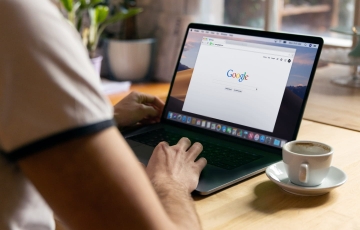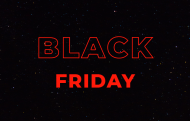
Optimizing for Black Friday – creating a winning strategy
As every retailer knows, the peak holiday shopping period is nearly upon us, with Black Friday coming up fast. Retailers also understand that this year, Black Friday and the holidays will be very different to previous years, thanks to the impact of the pandemic accelerating the shift to digital and e-commerce.
We’ve covered the changing market in more detail in this blog and this week we’re going to focus on optimizing for Black Friday, in two separate blogs.
First, in this article we’ll explain how to set the right strategy for the holidays. Following on from that our second post will provide tips on putting that into strategy into practice successfully.
1 The changing face of Black Friday and the holiday season
In Q2 2020 more than $1 in every $5 was spent online – the highest figure ever, according to U.S. Department of Commerce figures. Given the continuing COVID-19 crisis and the adoption of new digital shopping habits, retailers should expect that figure to be equally high over the holidays.
E-commerce was already ultra-competitive, but the pandemic has turbocharged the market, and increased the number and sophistication of rivals out there. This means that brands must stack the odds in their favor to generate as much engagement as possible, boost their conversion rates and increase online revenues. To do this, they must formulate their strategy ahead of time so they can provide their customers with an exceptional digital experience throughout the holiday season.
2 Building your Black Friday e-commerce strategy
Setting the right objectives for Black Friday e-commerce
The number of online visitors to your site is likely to increase exponentially from Black Friday onwards. At the same time brands don’t have much time to highlight all their products and services when the season starts.
That’s why it’s therefore vital to identify the strategies that will enable you to promote the full range of your product catalogue while meeting visitors’ expectations in a very short timeframe.
Essentially brands have to meet several key strategic goals during the holiday season:
- Generate the maximum number of conversions
- Increase average cart value through cross-selling and upselling
- Optimize the cost of their promotional campaigns to ensure ROI
Understanding the context for Black Friday experimentation
When it comes to experimentation Black Friday and the wider holiday season is unique for multiple reasons:
- Brands will see greater website traffic. While this is good for experimentation you need to ensure your infrastructure can cope, as decreased load speeds will negatively impact conversion rates.
- Brands will see different visitors to normal, from different sources. You need to understand and react to this change in the makeup of your visitors when experimenting.
Strategically you need to make it as easy as possible for visitors to buy from you – which could translate tactically into providing full screen takeovers around Black Friday sales and offers to shorten the customer journey.
Balancing experimentation risk during Black Friday
Essentially there are two types of experiment you can run on your website:
- Exploit, where you improve an existing process/area. This is low risk, but lower return.
- Explore, where you come up with completely new ideas. This is higher risk but can deliver potentially much higher returns.
The top 2% of organizations balance both experimentation types. Most businesses switch off Explore experiments in the holiday season and focus on Exploit experiments that optimize the experience and drive conversions (and make use of higher traffic). However, there can still be a place for Explore tests, within limits that you continually monitor depending on your risk tolerance.
3 How to optimize your site for Black Friday and beyond through A/B testing and personalization
It is vital to continuously optimize your website, especially when you have big promotional events coming up. With A/B testing and personalization, you can turn Black Friday and Cyber Monday into unmissable events on your website.
Use A/B testing to prepare your website for Black Friday
The holiday season is very short, and you can’t afford to lose conversions because of issues like a CTA that doesn’t stand out enough or messages that mislead visitors.
Essentially your home page must be attractive, your product information pages flawless, and your visitors’ browsing experience as smooth as possible throughout their purchasing journey. With A/B testing, you can test all the elements of your website to identify any obstacles to conversion and optimize them before this crucial period.
Personalize the visitor experience for Black Friday
Personalization enables you to adapt your messages and content to meet the interests of your visitors and, as a result, boost their engagement on your website.
It’s a very effective way engage with your visitors and attract them to your website during the holiday season, whether via a pop-in, a personalized banner, an email or a targeting campaign.
With artificial intelligence, you can also identify a visitor’s conversion intent or their interest in a product to more accurately target your communication and promotion actions. It’s also essential for finding out whether visitors are receptive to stress marketing or social proof messages.
Personalization also enables you to learn more about your audience so you can create and trigger the most relevant experiences for them. Make the most of the information you have about returning visitors looking to take advantage of promotions, so you can offer them a relevant experience, such as by showing them the items that most interest them first.
4 Putting your strategy in place for Black Friday and holiday season e-commerce
As we’ve said you won’t have much time to make strategic changes when Black Friday hits, so get ahead of the curve and prepare by:
- Announcing your plans on your website: start early with targeted content to make an impact on visitors.
- Inform your visitors in advance: by email, via retargeting campaigns or directly on your website. Communicate about your plans to build buzz and get your visitors excited.
Here are some examples of use cases you can implement to prepare for Black Friday and Cyber Monday in the best possible way.
Announce the event on your website
Your website is the best place to promote your plans. Just like in a store, where the decor is changed during sales periods, you must offer an immersive experience based around this promotional period. A few weeks before the event, you can start to promote it to your visitors and begin customizing your website.
In addition to this, it’s vital for your visitors to have an entry point to Black Friday or Cyber Monday offers, even before the promotional period begins. Set aside some prime real estate on your website to deliver this.
Dedicated tab: Apple
Reflecting its brand values Apple has gone for an understated approach. It displays a dedicated tab on its home page that says, “Our shopping event is this Friday” and redirects visitors to a dedicated landing page.

Home page header: Darty
Electricals retailer Darty uses its home page header to keep visitors up to date and redirects them to current deals. A few days before the event, it offers visitors a sneak preview of offers.
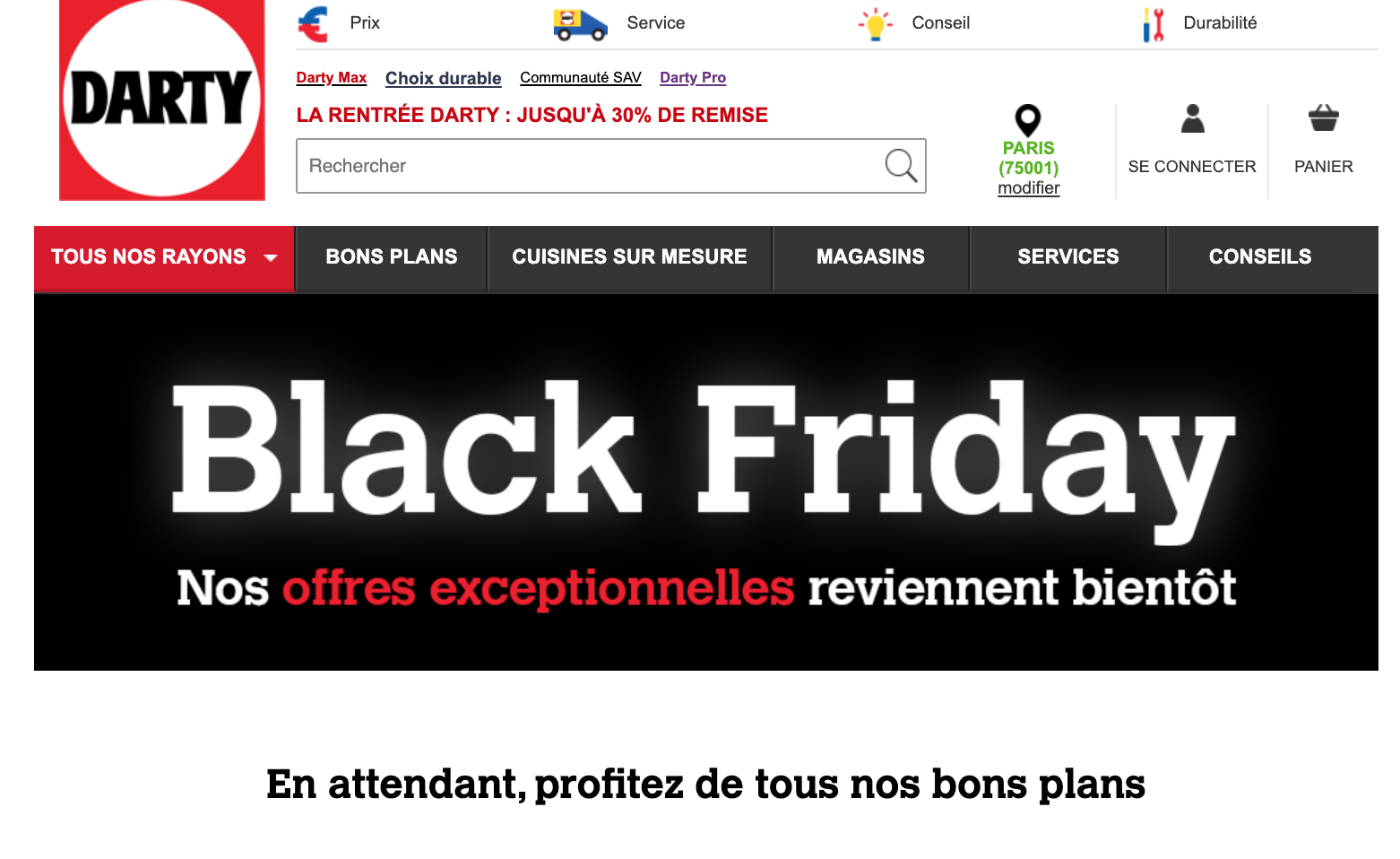

Dedicated landing page: Rakuten
To guarantee a good search engine ranking and ensure your visitors know where to go, it’s important to dedicate a landing page to your Black Friday operations year-round. You must ensure you keep it updated from one year to the next.
Rakuten has opted for a very simple layout giving its visitors basic information about the date and concept for Black Friday 2020. Current deals are then highlighted so the visitor continues their visit.

Banners, content boxes and sliders: Cdiscount
French retailer Cdiscount has focused on impact on its banners, leading on Black Friday messaging.
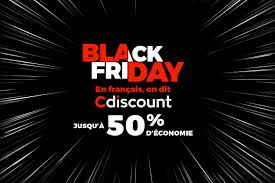
Communicate with your visitors off-website
You can use different media to remind your visitors of the dates and offers of Black Friday sales once they’ve left your website, using retargeting ads, social media or email.
Through this approach you create a greater impression on visitors, making them more likely to return to your website for the event itself.
Adapt your retargeting campaigns on the web or social media
Visitors who are see retargeting ads are 70% more likely to return to the brand’s website and convert.
To continue promoting Black Friday off-website, you can show retargeting ads to potential customers after their visit. By personalizing these ads based on the Black Friday theme, you engage visitors and encourage them to return to your website on the big day.
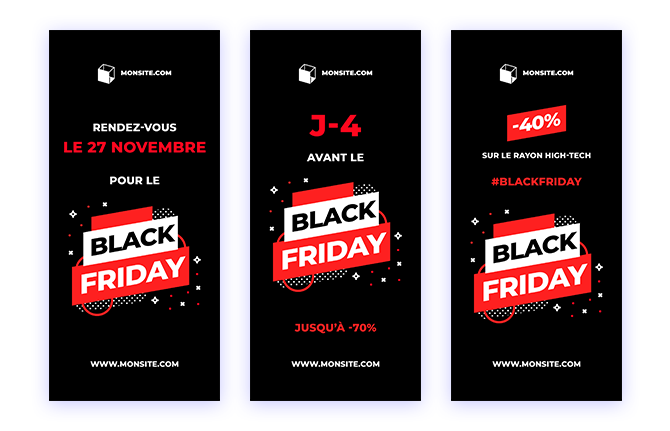
Personalize your emails
To ensure your visitors turn up on Black Friday and Cyber Monday, you need to highlight the products, departments or offers that interest them - even if they’re no longer on your website.
Email is the ideal channel for communicating with your visitors at strategic points in time: a few days before Black Friday, on the big day, and after. So, if a visitor seems interested in your "Audio” department you can send them emails announcing specific promotions in this product category for example.
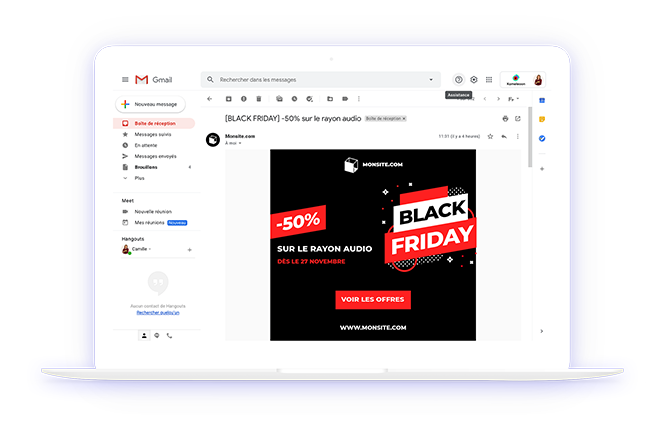
Boost visitor loyalty
Black Friday and Cyber Monday is the ideal time to increase visitor engagement and loyalty. You can offer special “Black Friday” discounts to visitors who join the loyalty club just before the big day.
For example, Adidas offers visitors early access to Black Friday deals if they create an account and a wish list for the event.
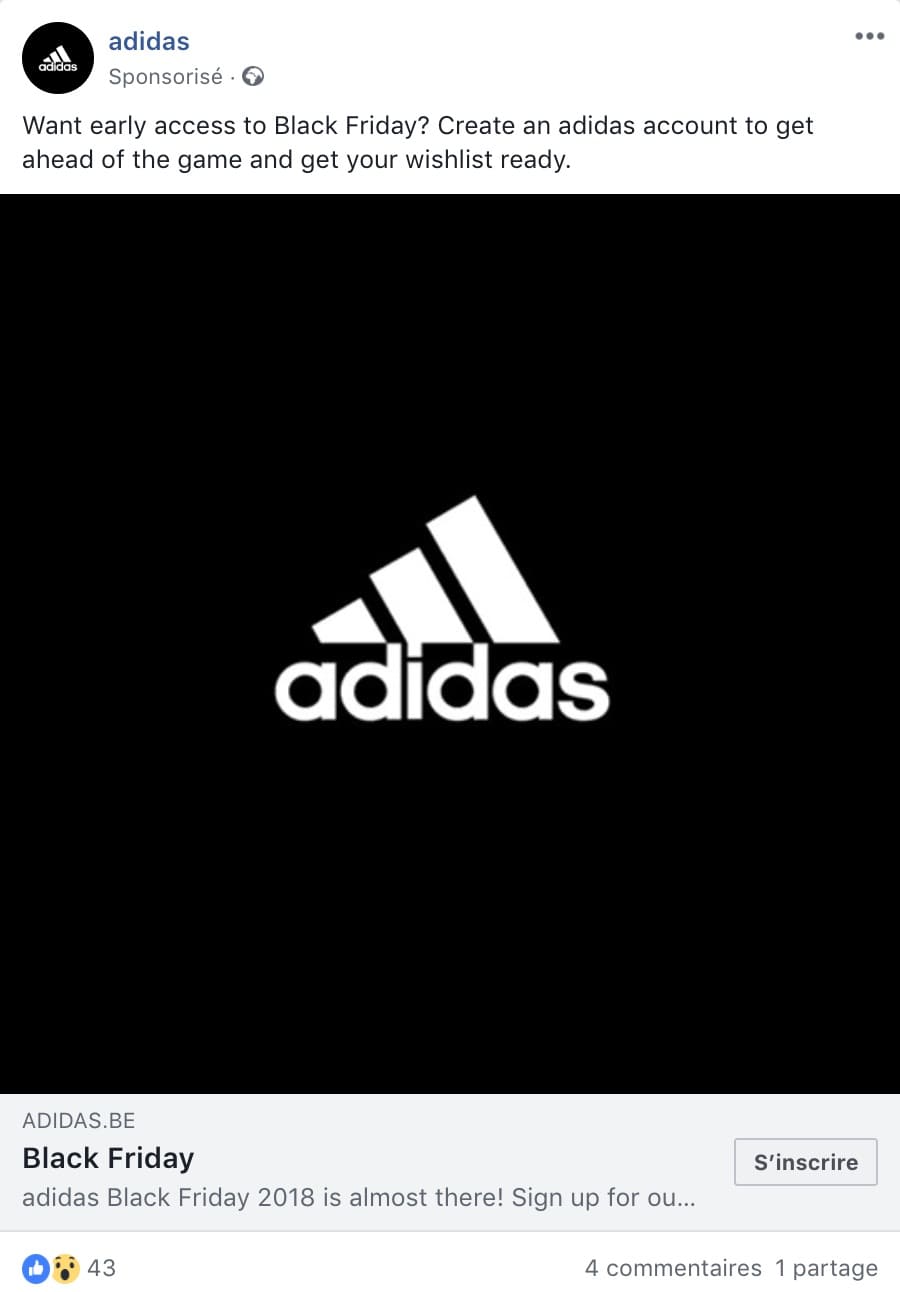
As you can see, you need to set your strategy and begin optimizing your website with A/B testing and personalization well before Black Friday. Your upstream digital strategy must focus on flawless communication and on optimizing every facet of your website for the big event. If you increase visitor engagement and customer loyalty now, then you maximize your chances of turning Black Friday and Cyber Monday into a success event for your brand.
Learn more about putting your strategy into practice in part 2 of our Optimizing Black Friday series here.



